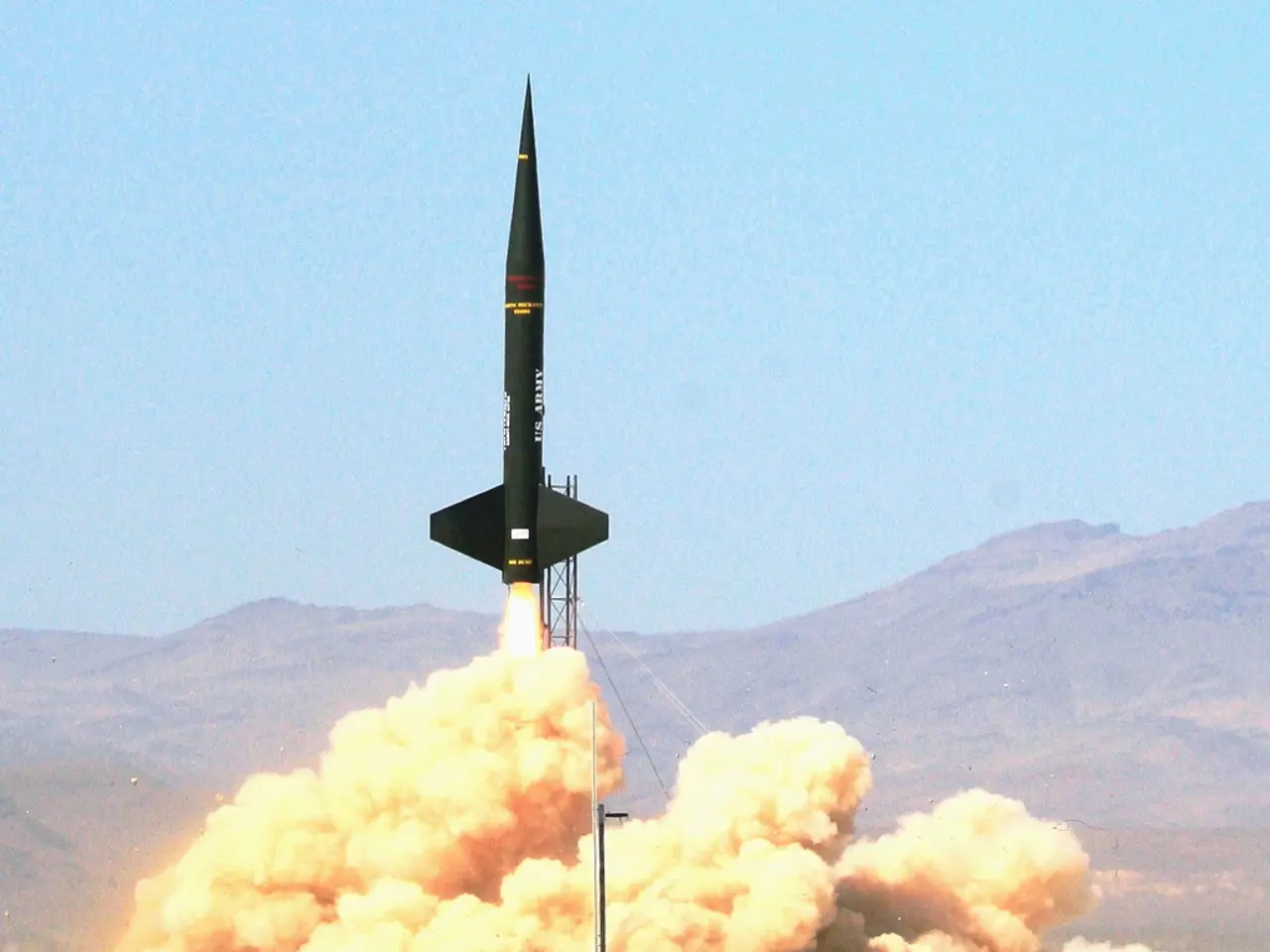Rocketry and Propulsion Terminology Explained: Insight into Skyhook Concepts
In the early 20th century, the Russian scientist Konstantin Tsiolkovsky proposed a groundbreaking concept that could transform the way we explore the cosmos: the skyhook. This innovative idea involves a tethered system to transfer momentum between a spacecraft and a high-speed rotating object in space.
The skyhook system consists of a large, rotating structure in space connected to a spacecraft via a long tether. By transferring momentum from the rotating skyhook to the spacecraft, the need for large amounts of onboard propellant is greatly reduced, leading to significant cost savings and increased payload capacity for spacecraft.
Skyhooks have the potential to enable missions to reach higher orbits or travel further distances than would be possible with traditional rocket engines alone. This could pave the way for new discoveries in space and future generations of explorers to venture beyond our solar system.
One of the benefits of using a skyhook is the potential for reusable spacecraft. Spacecraft can perform multiple maneuvers without the need for refueling or reloading propellant, resulting in cost savings and increased efficiency in space travel.
Building and maintaining a large, rotating structure in space is a significant challenge for implementing a skyhook. However, NASA and other space agencies have explored the idea of using a rotating tether to transfer momentum between spacecraft in orbit as a potential solution for long-duration missions.
The development of advanced technology and significant resources will be required to overcome the challenges of implementing a skyhook in rocketry. The first attempt to develop a skyhook system in space was proposed conceptually by Isaacs and colleagues in 1966, but no specific company or organization has yet conducted a full-scale attempt. Earlier concepts were developed by Russian scientists and Yuri Artsutanov, but no record of an actual operational skyhook deployment by any firm or institution exists so far.
Despite these challenges, the potential benefits of skyhooks are too significant to ignore. Skyhooks could lead to the development of reusable spacecraft, enabling longer duration missions, opening up new possibilities for exploration and colonization of other planets. The skyhook has since been explored as a potential solution for long-duration space missions.
In conclusion, the skyhook concept, first proposed by Tsiolkovsky, offers a promising solution for reducing the cost and increasing the efficiency of space travel. With the right resources and technological advancements, skyhooks could pave the way for new discoveries and enable humanity to venture further into the cosmos than ever before.
Read also:
- Peptide YY (PYY): Exploring its Role in Appetite Suppression, Intestinal Health, and Cognitive Links
- Toddler Health: Rotavirus Signs, Origins, and Potential Complications
- Digestive issues and heart discomfort: Root causes and associated health conditions
- House Infernos: Deadly Hazards Surpassing the Flames








